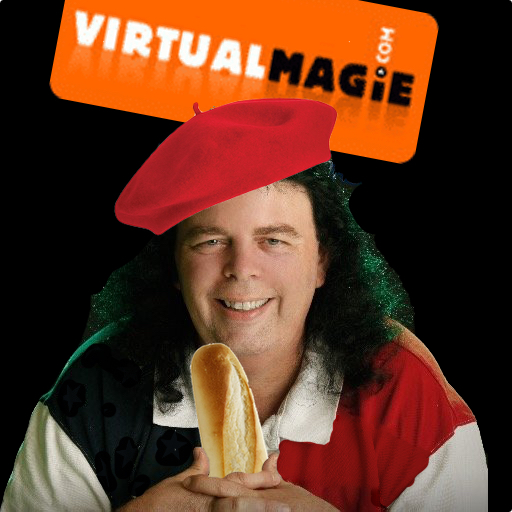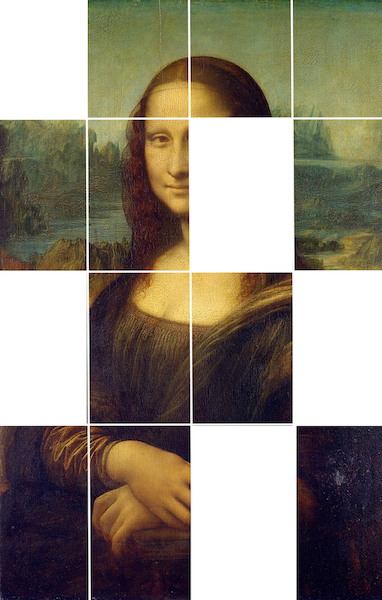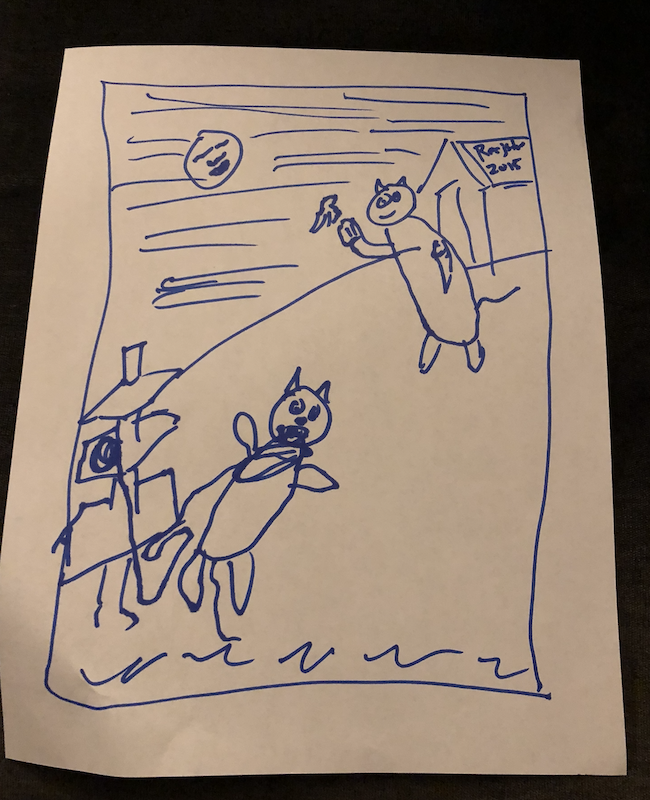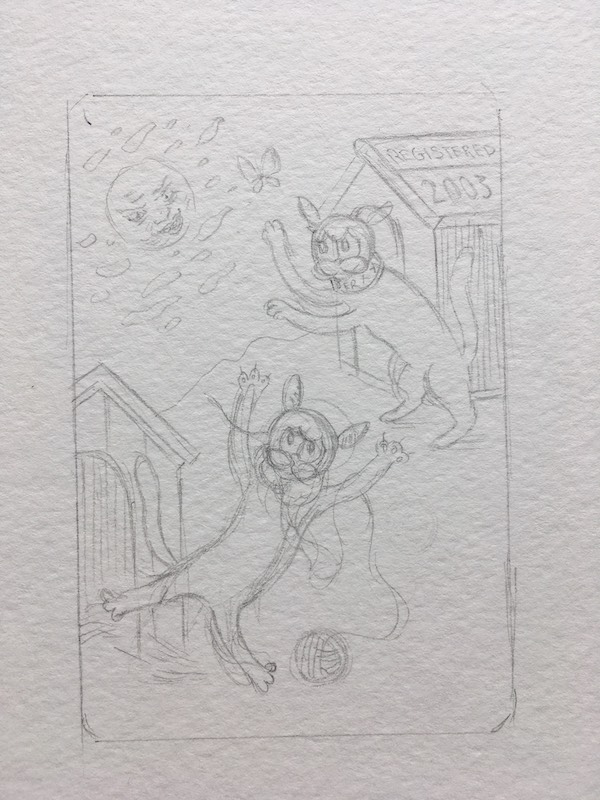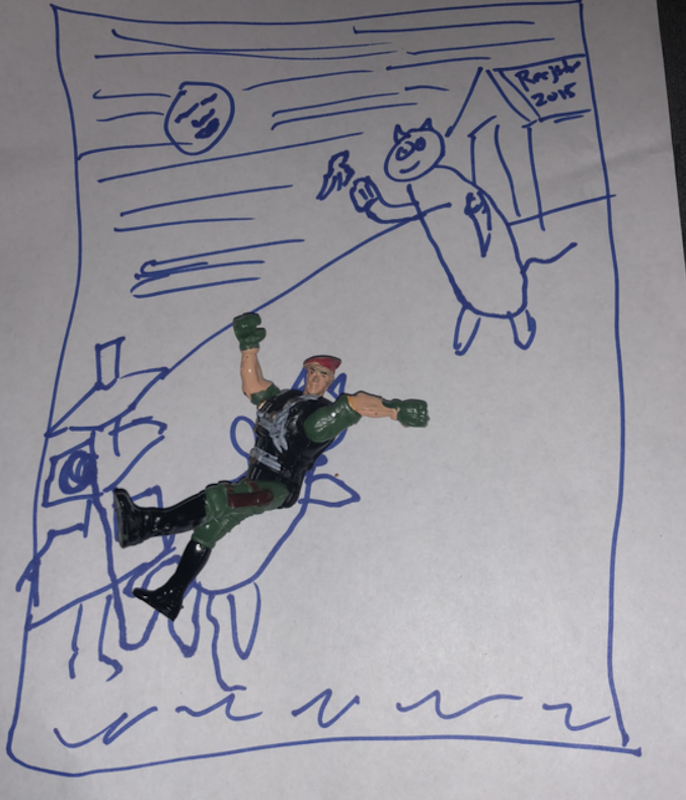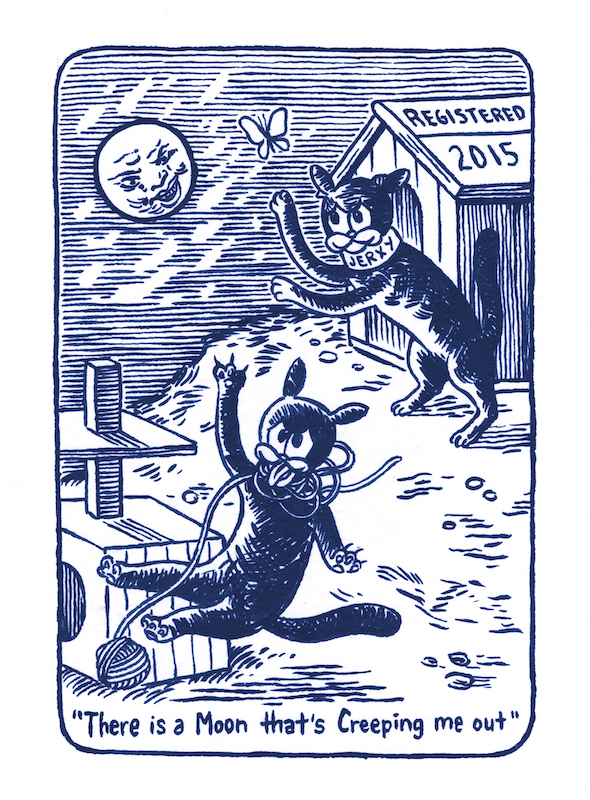Seedling: Origami Card Wallet
/I’m surprised I haven’t seen this before. It was just passed along to me recently by friend-of-the-site, JM Beckers, who found it on the French magic forum, Virtual Magie (run by Étienne Brooks).
It’s a way to fold a packet trick holder/wallet from a piece of paper. (Unless you describe your favorite genre of music as “Screeching Awfulness,” I would turn the sound off.)
There are actually six different pockets in this. Two on the inside, two on the side, and two on the outside.
I like it. And I think there’s probably something to be done with this beyond just a cheap way to carry your packet tricks around.
My initial idea is to carry around cards for Origami Poker by John Bannon. (I’ve always done it with 16 cards, not 12. Works the same.) But instead of forcing the royal flush, you force four or five random cards and then reveal you predicted them by unfolding the card holder and revealing the prediction
Now, in my opinion, that’s still sort of a “nothing” trick, but there is kind of a nice connection between the origami holder and the folding action of the cards in the trick. There’s a through-line there to pursue perhaps.
What I’ve done is fold a wallet from one of the prop Penthouse Forum magazine pages that came with The Jerx, Vol 1.
I tell the spectator I had two big interests as a child, (“Well, really three,” I say, “but the third isn’t important now.”) My first interest was origami, and my second was magic. (“The third interest was 8-bit soft-core computer porn. It was the pre-internet days. If you squinted you’d get the general outline of a booby. But honestly, that’s not what this is about.”)
Then I talk about ways I combined my interests and show an example of an origami card holder I would make as a kid.
“I came up with another way of combining origami and magic. It’s something I called the Origami Shuffle because it was a way of mixing cards that was like folding paper. I’ll show you.”
I then go into the Origami Poker procedure (this is taught by John Bannon in multiple places, and by myself (with John’s permission) in The JAMM #2). At the end they slide out the five face-down cards into a row in front of them. “Wouldn’t it be amazing if after all that shuffling and mixing you had found a royal flush?”
They turn over the cards and after the first one or two, it’s clear it’s not a royal flush.
“Huh…well…origami was really my primary interest. Magic was a distant second. Actually… probably third when you throw in the computer porn. So…,”
I then act like I’m just noticing the values of the cards that were turned over.
“Wait a second. This is incredible. I think I’ve found a way to combine all three of my youthful passions.” I start unfolding the card holder. “In 1986, there was a strip poker game for the Commodore 64 featuring Samantha Fox, an English musician and model.” I show them the ad, but don’t draw attention to the cards at the bottom yet.
“I made this holder from an old magazine advertisement for that game.” I hand the page to them. “After all that mixing you did, look what you found.” They either notice the cards in the ad or I point them out to them.
It’s a pretty fun trick that’s relatively strong as well. I have the holder with the cards inside a pocket of my messenger bag ready to go.
“But I don’t have that page, so how can I do the trick?” You can’t. This is more intended as a brainstorming post, not a “go out and do this” post. (Although if you absolutely have to do this trick for some reason, I do have a few remaining copies of that magazine page and I’ll sell you one for…hmmm… $12.34. “That’s a lot for one single sheet of magazine paper.” You’re right. It might be a lot if I was trying to sell these. But I’m trying not to sell these (I’d rather just hang onto them, as now I have two tricks I use them for), I’m just trying to make them available for someone who feels they “have” to have one.
Let’s think of some other ways the idea of a prediction within the card holder can be used. I think the most fruitful path to pursue is to get away from thinking of playing cards. That makes the most sense too because playing cards are usually in a deck, not separated out. So having a special holder for playing cards isn’t the most natural thing.
It may make sense to work backwards and think of what the document is that’s been folded to make the little wallet and then decide what type of cards might be inside. For example, if the wallet was made of a map (on the inside) then you could have blank cards with directions or coordinates on them or something, and your force 4 or 5 cards would indicate one location, then when you unfold the wallet they see a map with that location circled.
Or you could have cards that have a squiggly line drawn from one edge of the card to another edge. Four of these are forced in the Origami Poker style. These four “random” squiggle cards are pieced together in a way where they form one continuous line. When the wallet is unfolded, that exact abstract shape has been predicted. Or the “abstract” shape isn’t as abstract as first imagined. Maybe it looks abstract, then when you unfold the wallet you reveal a travel poster for Iceland and you point out that the shape the spectator made is the outline of Iceland.
Or this, you have 16 cards which can be put together to form a piece of artwork. From my understanding, magicians are aware of only one piece of art, the Mona Lisa, so let’s use that as an example. You have a packet of cards that form the Mona Lisa. The cards are shuffled by you and the spectator and “folded” into one pile. All the face down pieces are removed and the puzzle is put together with just the 11 random face-up pieces. So there are 5 missing blocks. Then when the card holder is unfolded it reveals the Mona Lisa with the identical five chunks missing.
You could also fold the wallet a little smaller and use it to hold a bunch of the small size Polaroid pictures. Your prediction could be a group photo of four or five people on normal printer paper which you make into the wallet. Then during a party you take individual shots of the people there and print them out on a Zip Printer. Then you do the trick with the photos. They “randomly” select a group of people and that exact group is in the group photo that wallet is made of. Then you refold everything, put the pictures back, and leave it all as a gift for the person you performed for.
Again, this is all just brainstorming. Even the Samantha Fox thing is something I’ve only performed twice. But the cleverness of the wallet and the “tidiness” of the wallet becoming the prediction are the sorts of things spectator’s seem to enjoy. So I think there are a lot of potential uses here. If you come up with something interesting, let me know.

